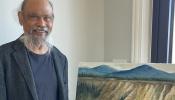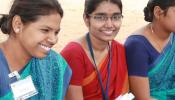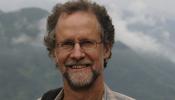Longtime Seva supporter and semi-retired ophthalmologist, Dr. Bruce Woodburn, recently took a trip to Nepal to learn about eye care outside of Canada. Traveling alongside Seva Canada board member and ophthalmologist Dr. Marty Spencer, Bruce was able to visit Seva-supported hospitals and learn about how he can potentially help develop glaucoma services in Nepal’s Narayani Zone.
Below, Bruce takes us through his experience in Nepal.
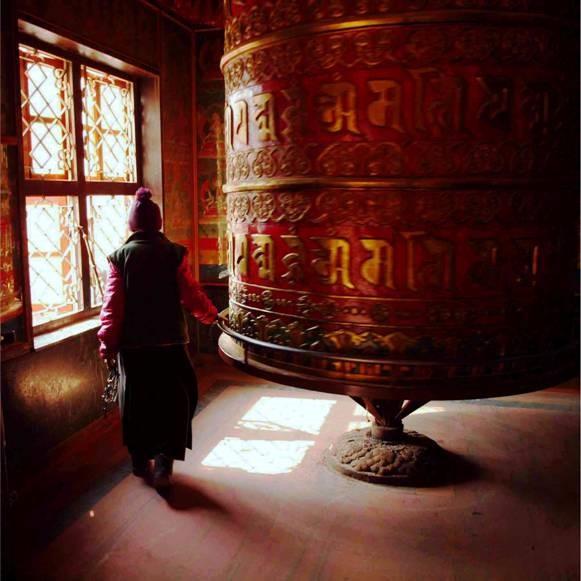
©Dr. Bruce Woodburn
Arriving in Kathmandu was an assault on my jet-lagged senses. I spent the first morning getting lost in the old city center. The Thamel market was quiet due to lack of tourists, but the markets in the old city were jammed. Predictably, I became totally lost but my phone was loaded with a GPS app by Outback Touring. This $1.85 app works off the grid (doesn’t need Wifi) and I would highly recommend it to other travelers. After exploring the markets I toured the Seva Nepal office and had lunch with the staff.
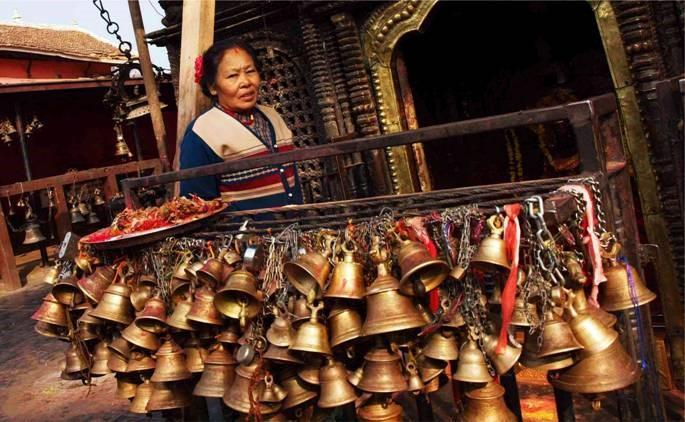
©Dr. Bruce Woodburn
The next day I met Raju, a local trekking guide, tapestry artist and friend of Seva, who spent the next few days showing me around Kathmandu. What an excellent fellow! He toured me around on the back of his scooter. We visited the Laboratory Higher Secondary School and met Lakpa Sherpa, the principal. At this school blind students are integrated with the sighted students. Blind students graduate with a full “school leaving certificate.” The school, which started with state funding, is now self-sufficient. Revenue from sighted students’ tuition subsidizes the significant extra expense of the blind students and sighted students partner with the blind as teaching assistants. The number of blind students at the school has increased from 6 to 60 in the last decade.
Our next stop was the Massage School for the Blind. This is another self-funded success story. Applicants are required to have a school leaving certificate, such as the one from Laboratory Higher Secondary and start a two-year program of academic and practical education. Patient fees for a massage are split three ways: 1/3 to students for income, 1/3 for overhead and tuition. The remaining 1/3 goes to a contingency fund to cover costs of setting up practice for new graduates.
The next day was a whirlwind of monkeys, temples and temple steps, prayer flags, and shrines. Raju took me home to meet his wife and 17-month-old daughter. He also gave me a walking tour of his neighborhood, pointing out the creeping suburbanization of farmland and structural damage from the earthquake.
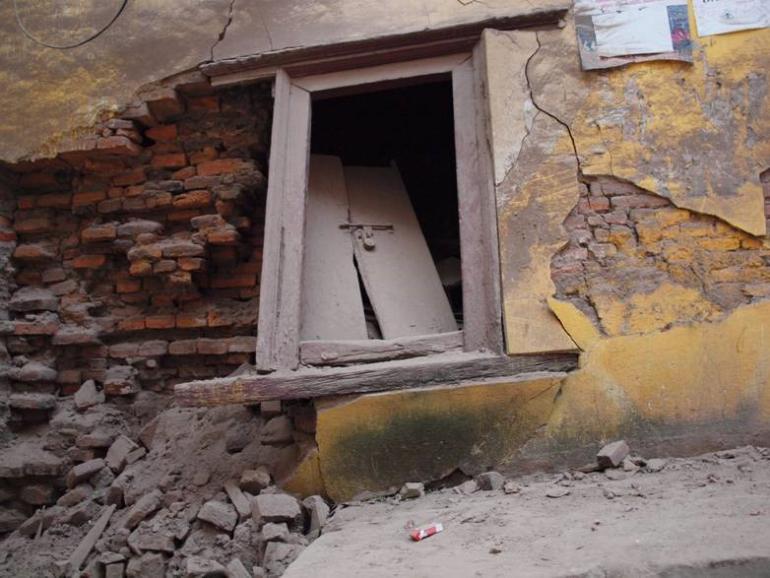
Structural damage from the Earthquake © Dr. Bruce Woodburn
On day three with Raju, he borrowed a “big motorcycle” (125cc) and I spent six hours on the pillion as we did a road trip on the highway to Tibet. At the end of a side road is where I met an old man whose whole village had been flattened. Nepali roads provide a white-knuckle experience. I would not recommend a pillion ride for anyone who is not comfortable on motorcycles. The view is spectacular but it gives more thrills than a circus ride.
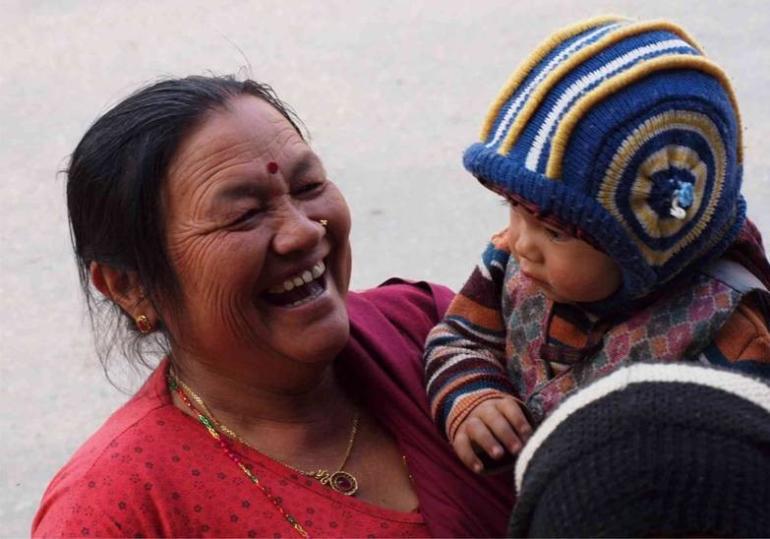
©Dr. Bruce Woodburn
That night, Seva Canada Board Member Dr. Marty Spencer arrived, beleaguered from jet lag. We hurried to the airport only to sit and wait while our flight to Bharatpur was badly delayed. The entire Indian subcontinent is covered in what locals call “winter fog” (read: pollution) that causes frequent flight delays at this time of year. Winter travelers to this area should be warned they may not make connections with home-bound departing flights and Delhi is an airport to be avoided for any connections.
We had the pleasure of flying with the ophthalmologist from Seva-supported Bharatpur Eye Hospital (BEH) Dr. Byanju to Bharatpur and when we arrived he showed us around the eye hospital. Marty went off to the operating room (O.R.) to begin training local ophthalmologists and I set myself up in the outpatient department.
Patients came in fast and furious, crowding into every corner of the room and peering over fellow patients’ shoulders.
The first patient I spoke with complained of “Oot in eye”
“Oot in eye?” I asked, “What is Oot?”
“Oot, Oot. Like you, Dr. Ootburn!” the patient insisted.
“Ah” realization dawned on me “Wood in eye!”
“Like I said: Oot” he replied.
The next patient’s problem was an uncommon one: “God in eye”
“God in eye,” I wondered, “what is god”
“God, god. You know baaaaaah… God”
“Oh… goat!” I realized “You were poked in the eye by a goat?”
“Yes!” he exclaimed “What I said: God”
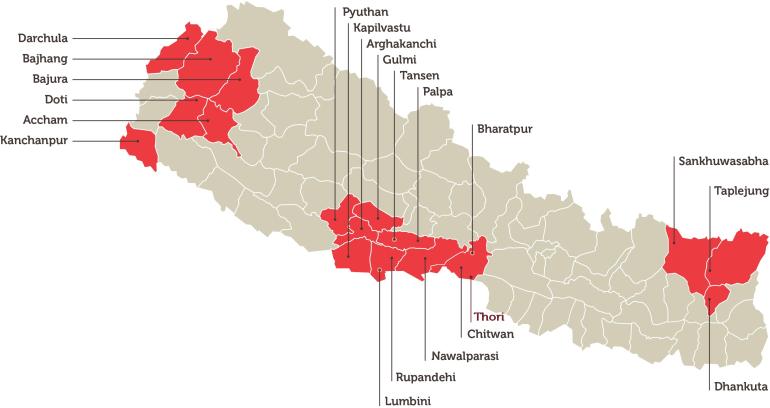
Seva Canada supported areas in Nepal. Thori is highlighted in red and Bharatpur is marked above it.
The next day we took the long, bumpy drive to Thori. I like end-of-the-road places, but this was truly the end of the end of the road. It is cut off from the rest of Nepal by the Chitwan National Park, which is home to many wild elephants. In fact, the locals have requested an elephant fence be built around the new hospital there. Patients seeking care will often arrive the night before and camp outside the hospital. A camping local was recently killed by an elephant when the elephant knocked down his house looking for food. The hospital at Thori is hoping to attract Indian patients from across the border and as these people will not know how to deal with wild elephants they need to be able to offer them protection.
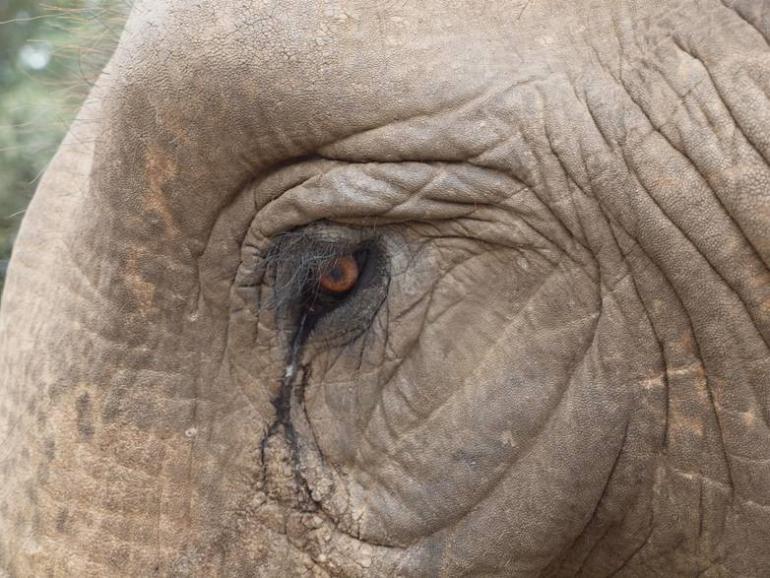
Elephant at Chitwan National Park ©Dr. Bruce Woodburn
After Thori it was back to Bharatpur Eye Hospital to see more outpatients. The fellow with “God” in his eye was doing well. I had two more days in the outpatient department and observing in the O.R. The outpatient is very productive in terms of through-put, even if it seems like orchestrated mayhem to an outsider. I made my professional recommendations to Dr. Byanju in a letter at the end of my time there.
I then headed to Tansen. The four hour drive there includes a canyon road north of Butwal. The road is a spectacular, bumpy, white-knuckle experience. There was no surgery the day I was there due to an impromptu national holiday. I borrowed a motorbike and took off for the end-of-the-road town of Tamghas. Adventures were had, as expected, but I returned unscathed.
The next day was spent in the Lumbini Eye Institute where my standards for productive mayhem needed to be re-calibrated. Lumbini is an excellent example of efficiency and productivity with limited resources and the staff were gracious and attentive. While what I had seen earlier on this trip was impressive, nothing compares to Lumbini.
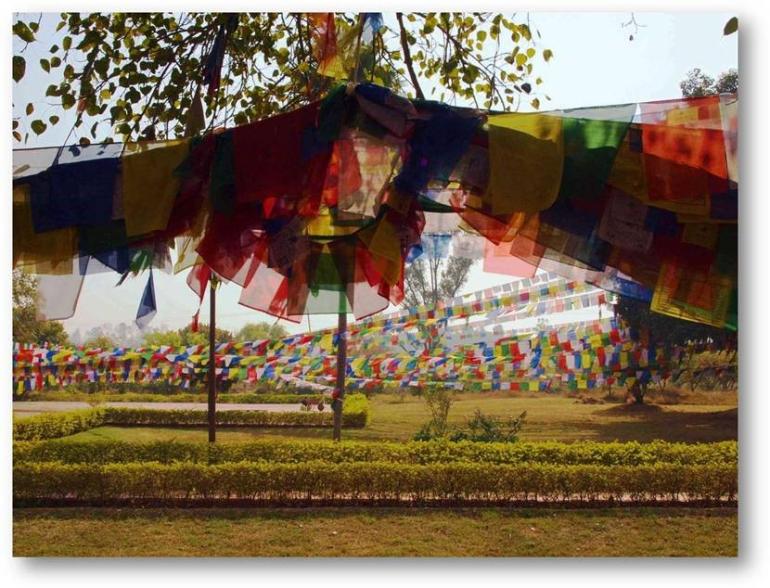
Lumbini, the birthplace of Buddha ©Dr. Bruce Woodburn
The next day, I got thoroughly lost trying to find Buddha’s birthplace. Then it was back to Kathmandu and “home” in the Kathmandu Guest House. I had another two days of fascinating experiences with Raju before heading home.
The most important thing I learned on this trip is that great things can be accomplished with scant resources, but the accomplishments are totally dependent on people, their training and drive. Reactions to my suggestions for addressing the vacuum in glaucoma treatment varied from “excellent opportunity to expand and attract funding” to “how can staff take on even more work?” For change to be successful, it will have to function within the existing system and any expansion will need to be self-funding.
Dr. Bruce Woodburn
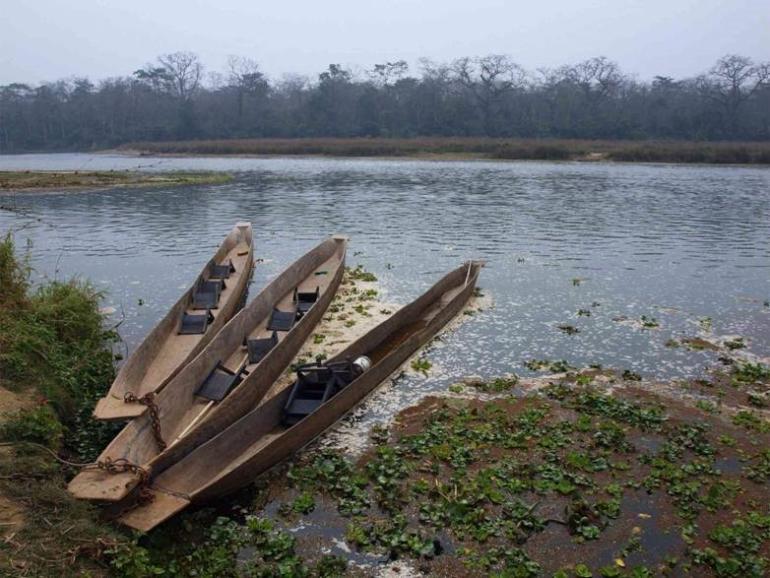
©Dr. Bruce Woodburn
